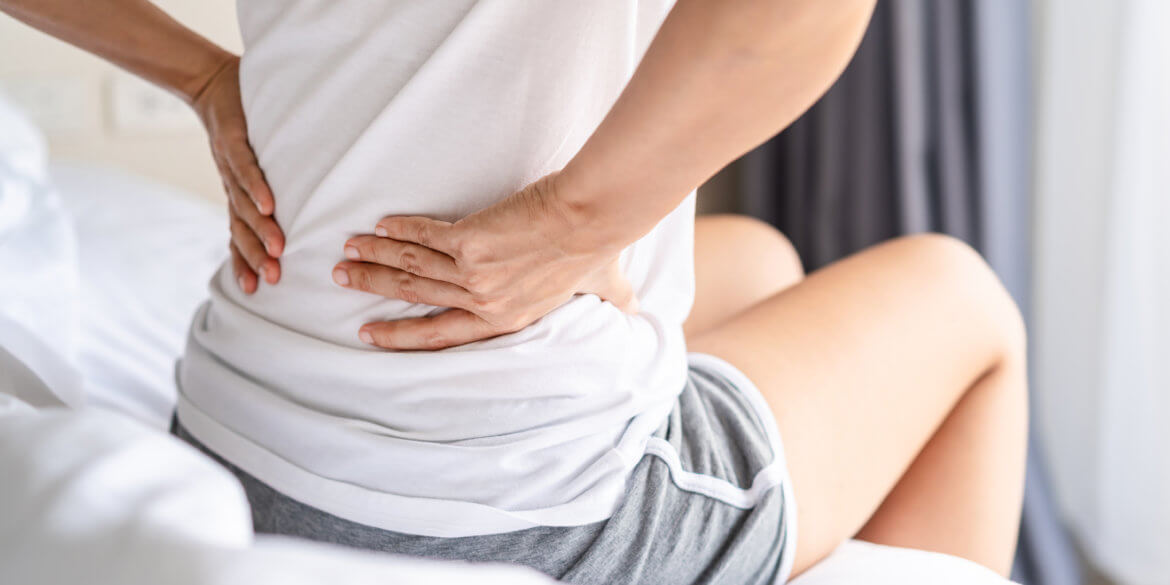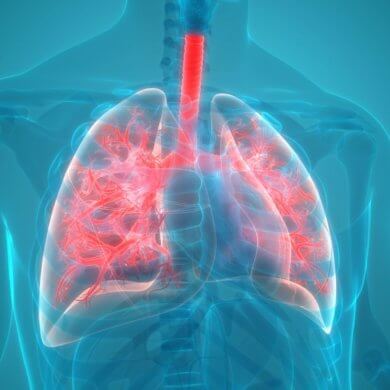Every caregiver likely has to deal with a staggering volume of important information to remember – when to change dressings, how to establish a liquid diet routine, and the most common of all, bed sores. But how can someone develop painful sores just by lying on the bed?
Also known as pressure injuries, bed sores are just one of the challenges caregivers face at home. In this blog, we will share all you need to know about how to manage such injuries.
What are Pressure Injuries?
Pressure injuries are also commonly known as bed sores, pressure ulcers, or medically as decubitus ulcers. They appear on the skin or underlying tissue, and tend to occur at bony areas due to the pressure applied or where there is friction. Pressure injuries can be a worrisome condition, especially for frail or elderly people. Once they develop, it can take days, months or even years to heal. These wounds can also become infected or even become chronic. In severe cases, this can lead to osteomyelitis – an inflammation or swelling of the bone.
Given its far-reaching repercussions, it is important to know how to identify pressure injuries before they become worse, or learn about their prevention.
Signs of Pressure Injuries
Pressure injuries are visible conditions, so you can look out for the signs. Some of these signs include:
- Changes in skin colour or skin texture, such as surface turning purple or swelling
- Skin not turning white when pressure is applied
- Warm and cool patches throughout the body
- Different degrees of hardness and softness around the skin
- Painful or sore areas
These sores usually appear at the back of the head, buttocks or on healing wounds.
Typically, pressure injuries present themselves in four stages:
- Stage one: The painful red area does not turn white when pressed, and skin may feel warm, cool, firm or soft.
- Stage two: Blisters or open sores are seen, and the area around may look red or irritated
- Stage three: The skin develops an open hole or crater, the underlying tissue is damaged, and you may also be able to see body fat.
- Stage four: Ulcers are deeply formed, and cause damage to the muscle, bone, tendons or joints.
Risk Factors of Pressure Injuries
While pressure injuries can happen at home or in the hospital from prolonged bed rest, sitting in a wheelchair, or wearing a cast for too long, there are several factors which can contribute to their incidence. Older people are more prone to bed sores as their skin is thinner, while circulatory diseases such as heart diseases or diabetes can also increase the chances.
Weight can also play a part. Individuals who are underweight or malnourished may have less fat and muscles to protect the skin, while being overweight increases the pressure on the skin’s surface. Lifestyle factors such as reduced mobility and incontinence may also result in the formation of pressure sores. If your loved one is predisposed to such injuries, it is important to implement the right care or seek professional help from medical caregivers such as Jaga-Me in Singapore.
The I.N.J.U.R.Y. Prevention Method
Before you find yourself having to deal with painful pressure injuries, take note of the I.N.J.U.R.Y. prevention method.
Incontinence
- Know that constant exposure to urine and faeces can weaken the skin
- Maintain good personal hygiene to reduce infection
- Stop using scented or harsh soaps to protect the skin barrier
- Dry skin gently to prevent injury
Nutrition and Hydration
- Know that eating and drinking well keeps the skin stronger and healthier
- Ensure a nutritious diet to allow improve skin quality
- Drink at least 6 to 8 glasses of water per day to keep the skin hydrated
Just Move
- Know that movement helps to keep the skin elastic and supple
- Ensure regular movement every 2 hours if bed-bound
- Change positions three times per hour when sitting
- Encourage blood circulation through massages or stretches
Use Pressure-Relieving Surfaces
- Know that you can use other objects to improve skin movement
- Choose mattresses or cushions which are made to prevent pressure injuries
- Seek help from a healthcare professional to get recommendations on tools and accessories
Reassess Skin Regularly
- Know that constant monitoring is key
- Examine skin once a day
- Look for skin that does not change colour when pressure is applied
You Should Seek Help Early
If you notice a change in the skin or suspect that there are pressure injuries, it is important to contact your healthcare provider early. With early intervention, the healing process will also be faster and less uncomfortable. Avoid letting the problem fester as this can lead to the sores worsening or resulting in more complications.
Manage Pressure Injuries at Home
Those who are bedridden are usually already battling a serious illness such as cancer. Otherwise, they may be an elderly family member who has mobility issues. For those who need to care for their loved ones at home, the responsibilities can be stressful and daunting. This is when you should seek professional help to assist you in daily care.
At Jaga-Me, you will find a wide range of respite care services in Singapore that helps you with tasks – from changing the feeding tube to wound dressing. Our certified nurses are trained to prevent and identify pressure injuries, while providing care and support to you and your family at home. Stop suffering in silence and reach out to us to discuss how we can assist you in your home caring needs.




